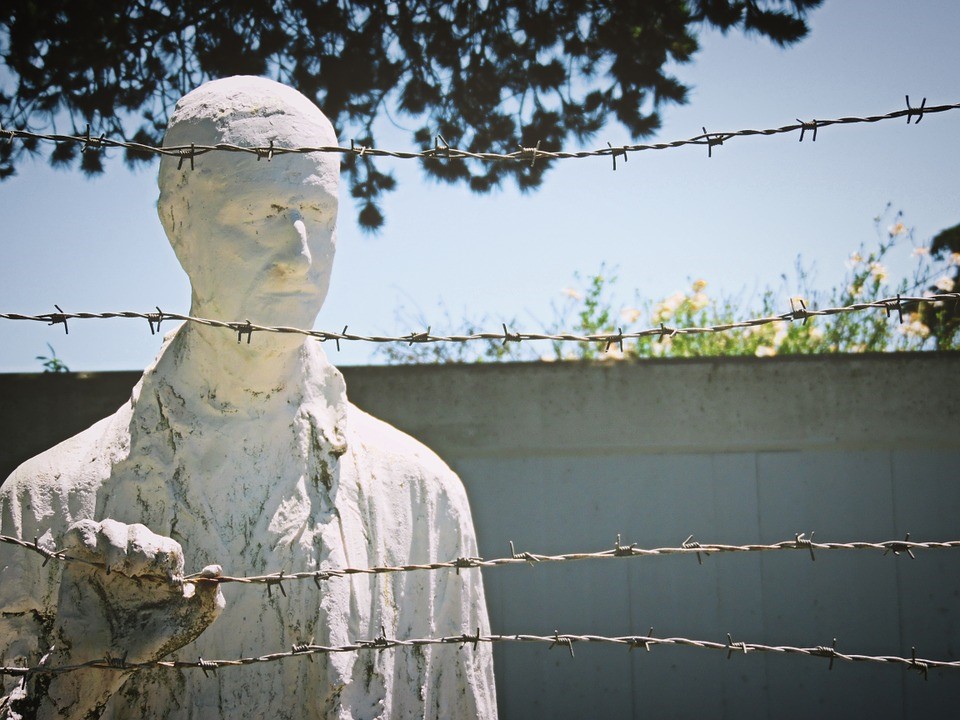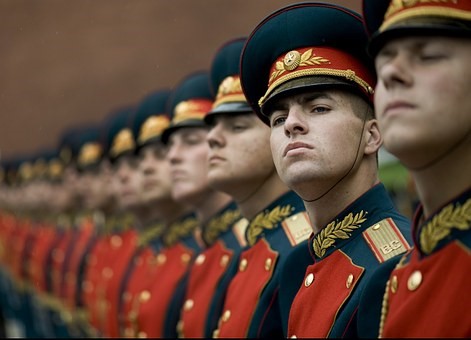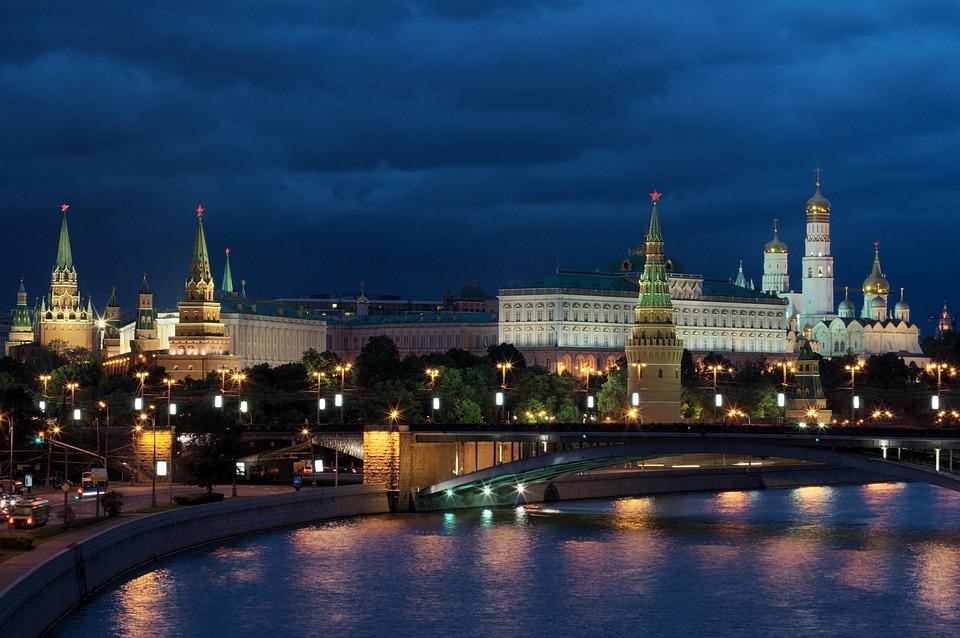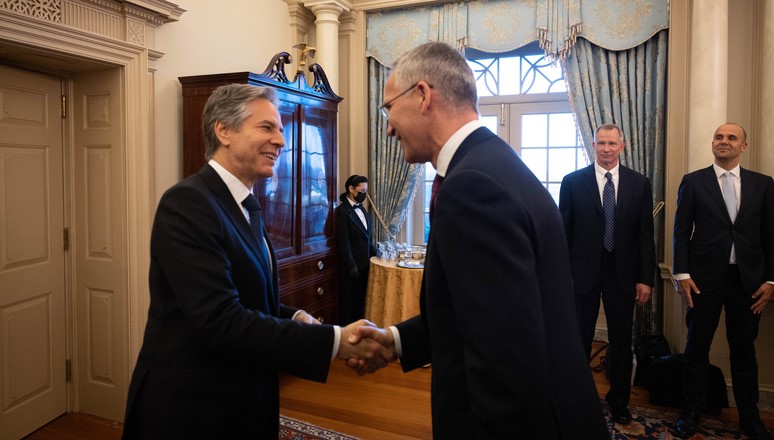According to the Centers for Disease Control, “Omicron infection generally causes less severe disease than infection with prior variants. Preliminary data suggest that Omicron may cause more mild disease…only a small percentage of people with Omicron infection need hospitalization.” Further, “(r)esearchers in a multicentre UK team led by Imperial College London, the MRC Biostatistics Unit at the University of Cambridge, the MRC Centre for Global Infectious Disease Analysis, and the UK Health Security Agency (UKHSA)” have concluded that “(t)he Omicron variant of SARS-CoV-2 is associated with significantly lower risks of hospitalisation and mortality compared with the Delta variant…the risk of hospital admission for Omicron was found to be 59% lower, and the risk of dying 69% lower for individuals with Omicron compared with those with Delta infections.”
In fact, “(a)mong unvaccinated people, the risk of hospital admission was 70% lower and the risk of death 80% lower with Omicron compared with Delta. ‘This finding indicates that the Omicron variant has a lower intrinsic severity than the Delta variant,’ the authors (of the multicentre UK study) said.”
Based on this science, in March, a letter, “signed by executives at Alaska Air, American Airlines, Atlas Air, Delta Air Lines, FedEx Express, Hawaiian Airlines, JetBlue Airways, Southwest Airlines, United Airlines and UPS Airlines…called on President Biden to end pandemic-related travel policies, including the federal mask mandate.”
“In making their case, executives cited the ‘persistent and steady decline’ of hospitalizations and death rates related to the coronavirus…'(i)t makes no sense that people are still required to wear masks on airplanes, yet are allowed to congregate in crowded restaurants, schools and at sporting events without masks, despite none of these venues having the protective air filtration system that aircraft do,’ the letter said.”
Sounds reasonable? Not to the US government. In mid April, the “Biden administration (extended) its face mask requirement for public transit for another 15 days…(t)he Centers for Disease Control and Prevention (kept) in place its mask order ‘in order to assess the potential impact the rise of cases has on severe disease, including hospitalizations and deaths, and health care system capacity,’ according to an agency spokesperson. The spokesperson also confirmed that the Transportation Security Administration, which handles enforcement of the order, is extending its security directive and emergency amendment for another 15 days.”
Would the Biden Administration have found an excuse to extend the mask mandate beyond the 15 days? We’ll never know for sure – at the beginning of May, federal District Judge Kathryn Kimball Mizelle of Tampa, Florida struck down the mandate. Her reason? “The Court concludes that the Mask Mandate exceeds the CDC’s statutory authority and violates the procedures required for agency rulemaking.”
This is not the first time rules promulgated by Biden’s Cabinet members have been found to exceed the authority granted to federal agencies by Congress. In January, we discussed the US Supreme Court ruling in National Federation of Independent Business v. Department of Labor, Occupational Safety and Health Administration. in which the Secretary of Labor was found to have acted in excess of his authority in establishing vaccine mandates for private employers.
Now, in Health Freedom Defense Fund v. Biden, Judge Mizelle conducted an extensive review of the authority granted to the CDC by Congress (there is also a second basis for the Court’s ruling, that being the violation of agency rules and guidelines in the establishment of the public transportation mask mandate. This issue will not be the focus of this analysis). “(T)he Director of the CDC relied on a section of the Public Health Services Act of 1944 (PHSA) for authority… (t)hat provision empowers him to promulgate regulations aimed at ‘identifying, isolating, and destroying’ diseases,” the Court wrote. “Other sections of the PHSA also provide the CDC with a limited power to apprehend, detain, examine, or provide conditions for the release of individuals ‘coming into a State or possession from a foreign country’ or traveling between States but only when the CDC ‘reasonably believe[s]’ that the person is ‘infected with a communicable disease’ and is a ‘probable source of infection’ to others…In that latter situation, the CDC may detain the individual ‘if upon examination’ he is ‘found to be infected.’”
The Court continued: “Since Congress enacted it in 1944, the PHSA has ‘generally been limited to quarantining infected individuals and prohibiting the import or sale of animals known to transmit disease.’ (Citation omitted) It ‘has been rarely invoked’…(a)t least until recently. Within the past two years, the CDC has found…the power to shut down the cruise ship industry, stop landlords from evicting tenants who have not paid their rent, and require that persons using public conveyances wear masks. Courts have concluded that the first two of these measures exceeded the CDC’s statutory authority….”
Judge Mizelle states that if the CDC has the authority to issue masking regulations for public transportation, “the power to do so must be found in one of the actions enumerated in the (PHSA, in particular the) sentence (which) provides for ‘inspection, fumigation, disinfection, sanitation, pest extermination, destruction . . . and other measures’…(a) requirement that individual travelers wear a mask is not inspection, fumigation, disinfection, destruction, or pest extermination, and the government does not contend otherwise…(i)nstead, it argues that the Mask Mandate is a ‘sanitation’ measure or an ‘other measure’ akin to sanitation.”
It is at this point that Judge Mizelle makes full use of the concept of “original intent,” that is, interpreting a statute by reviewing the objectives and aims of those who drafted the legislation, at the time the law was written.
“The PHSA does not define ‘sanitation,” the Court notes. “If ‘a term goes undefined in a statute, [courts] give the term its ordinary meaning.’ (Citation omitted) Courts often start with dictionaries. Given that the statute was enacted in 1944, the Court looks to dictionaries from the early and mid-20th century to begin its analysis. They provide two senses of sanitation that are relevant here. First, sanitation may refer to measures that clean something or that remove filth, such as trash collection, washing with soap, incineration, or plumbing. (Citations omitted) Second, sanitation may refer to measures that keep something clean.”
Based on these definitions, Judge Mizelle concluded that “(t)he context of (the PHSA) indicates that ‘sanitation’ and ‘other measures’ refer to measures that clean something, not ones that keep something clean. Wearing a mask cleans nothing. At most, it traps virus droplets. But it neither ‘sanitizes’ the person wearing the mask nor ‘sanitizes’ the conveyance. Because the CDC required mask wearing as a measure to keep something clean-explaining that it limits the spread of COVID-19 through prevention, but never contending that it actively destroys or removes it-the Mask Mandate falls outside of (the authority granted to the CDC by the PHSA).”
The review of the use of the word “sanitation” is not the only issue addressed here by the Court. “The history of (the PHSA) is another clue….(t)he federal government’s use of the quarantine power has been traditionally limited to localized disease elimination measures applied to individuals and objects suspected of carrying disease. (Citation omitted) The federal government’s authority to inspect and quarantine was used to assist States, which held the primary authority to institute public health measures. (Citation omitted) (T)he government…now finds a power that extends far beyond it to population-wide preventative measures like near-universal mask requirements that apply even in settings with little nexus to interstate disease spread, like city buses and Ubers. Such a definition reverses the import of history as well as the roles of the States and the federal government.”
This language is reminiscent of the concerns expressed in the National Federation case, where the Supreme Court noted that “(t)he Secretary (of Labor) has ordered 84 million Americans to either obtain a COVID–19 vaccine or undergo weekly medical testing at their own expense. This is no ‘everyday exercise of federal power’…It is instead a significant encroachment into the lives—and health—of a vast number of employees… (p)ermitting OSHA to regulate the hazards of daily life—simply because most Americans have jobs and face those same risks while on the clock—would significantly expand OSHA’s regulatory authority without clear congressional authorization.”
Immediately following Judge Mizelle’s ruling, “American Airlines, Delta Air Lines, Southwest Airlines and United Airlines all announced…that they would end their masks requirements. Some airlines announced the change mid-flight as documented by passengers in social media posts.” Yet, while the Department of Justice filed a Notice of Appeal, the Biden Administration did not request a stay of the Florida federal court’s ruling.
Why not request an immediate stay of the District Court’s order? Theories vary, the most obvious being that the Biden Administration doesn’t want to make its position any weaker by losing a motion to stay Judge Mizelle’s order. Law Professor Stephen Vladek of the University of Texas believes the Justice Department intends to argue at some point that Judge Mizelle’s ruling is “moot” – that is, no longer relevant or applicable.
Of course, this view would only be correct if the government planned to give up on the idea of imposing mask mandates – something the Biden Administration and the CDC have not said. Instead, after the Court’s ruling, the CDC issued this statement; “It is CDC’s continuing assessment that at this time an order requiring masking in the indoor transportation corridor remains necessary for the public health,..CDC will continue to monitor public health conditions…CDC believes this is a lawful order, well within CDC’s legal authority to protect public health.” Further, Jen Psaki made this statement on behalf of the Biden Administration; “(W)e think it’s entirely reasonable, as does the Department of Justice, for the CDC, the health and data experts — health experts most importantly in our administration — to be able to have that time to evaluate. But also because they want to fight to ensure the CDC’s authority and ability to put in mandates in the future remains intact,”
That sure doesn’t sound like the government thinks this issue will be moot anytime soon – in fact, it sounds more like the Biden Administration plans to absorb this loss while continuing to fight for the future ability to exercise powers not granted to the Executive Branch by the Legislative Branch.
But before it does, perhaps Joe Biden, facing midterm elections in November, should listen to the American people;
“Jose Hernandez was on his way to Las Vegas on a Southwest flight when someone announced on the intercom that the passengers were free to remove their masks. “We started cheering,’ he said…’a few’ passengers kept their masks on, (but) Hernandez…ripped his off immediately. ‘I was happy. I could breathe better,’ he said. ‘I think it should have been optional the whole time. If you want to take the risk, take the risk.'”
Obviously a realist, though, Hernandez expressed the concern all Americans should have as the Justice Department pursues an appeal of Judge Mizelle’s ruling;
“I hope everyone takes advantage now before they sneak up on us again and try to mandate it again.”
Judge John Wilson (ret.) served on the bench in NYC.
Photo: Pixabay









